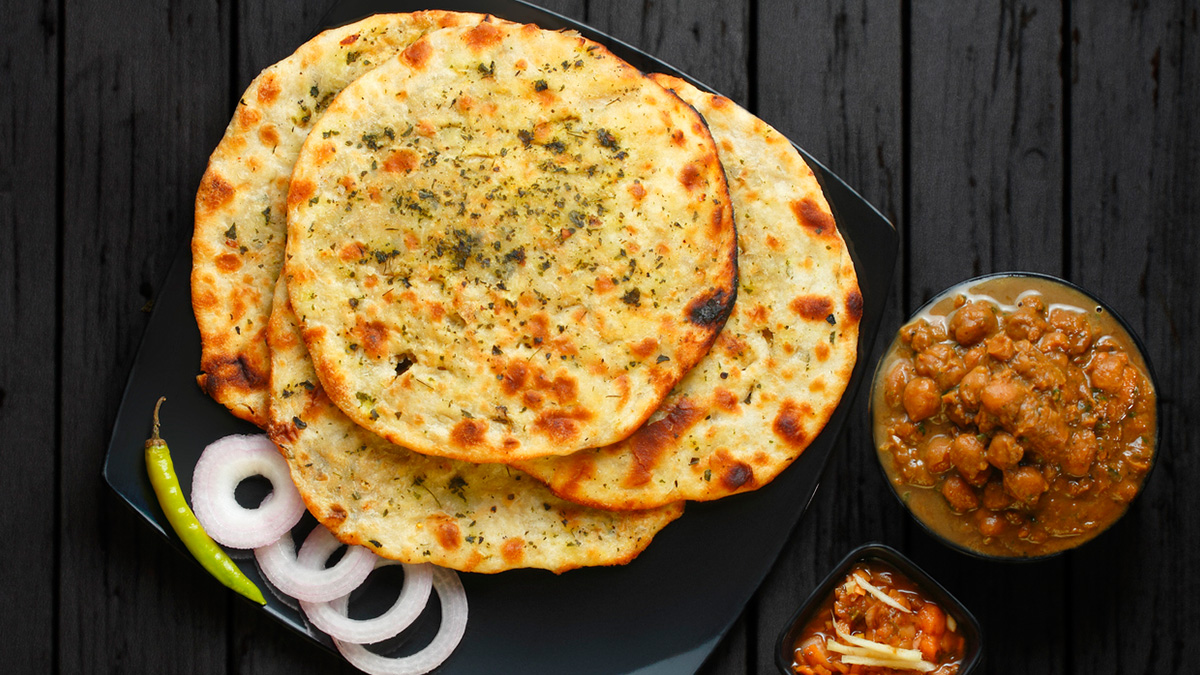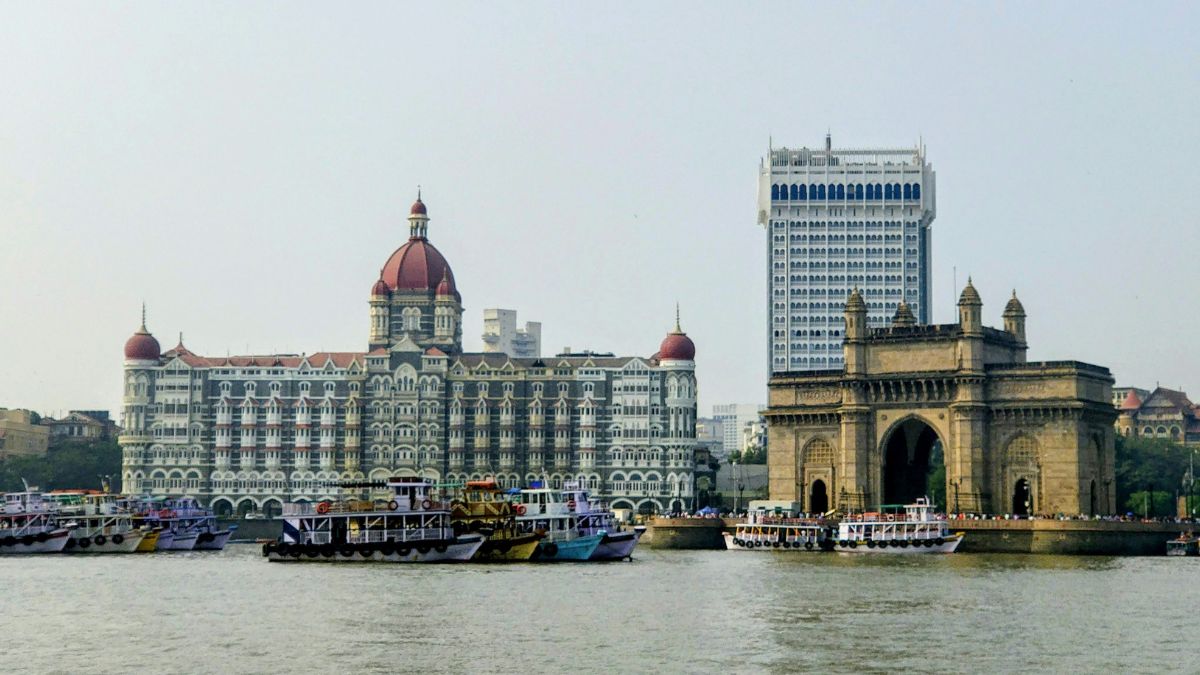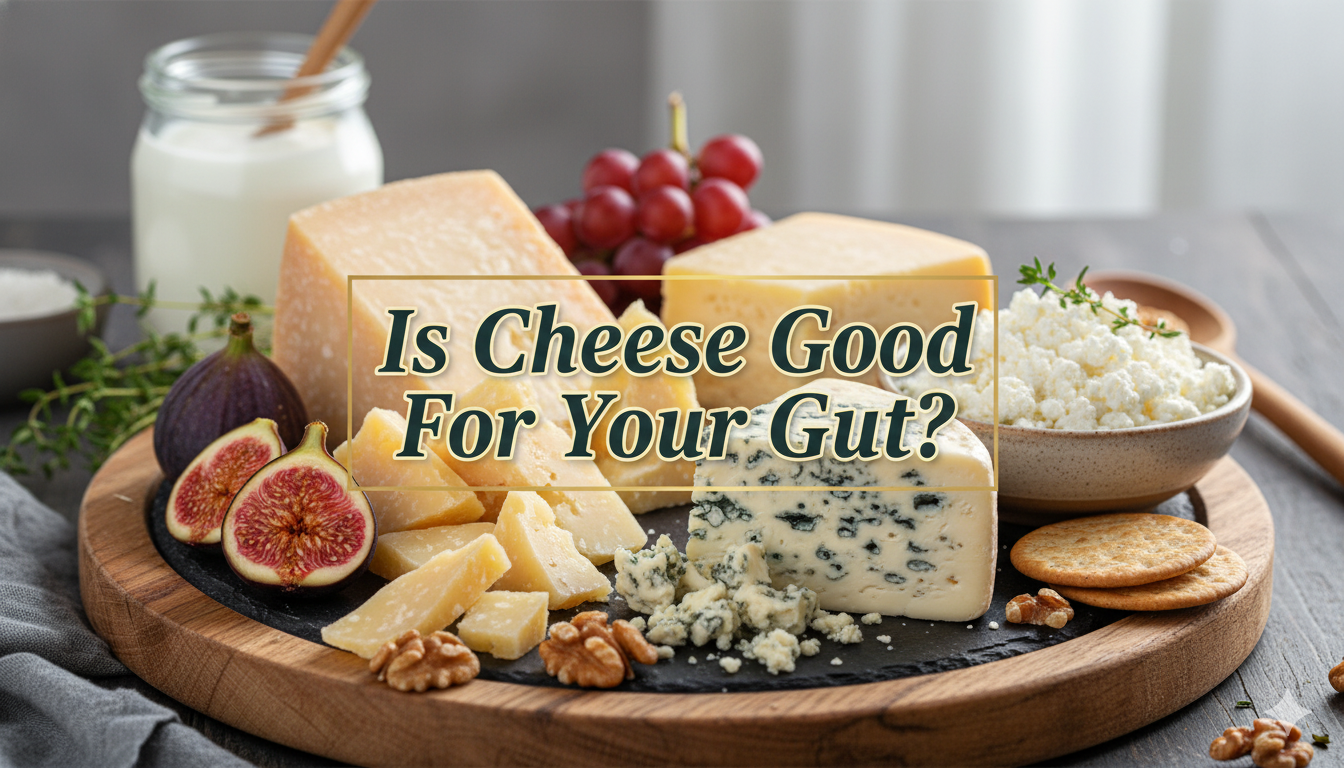Every once in a while, when I meet someone new I actually want to get to know (it may be fair to assume that as we grow older, our time and interest wane a little), there is a question, a fairly morbid one, now that I think about it, that I ask, which has been very telling of the person. It is: "If you got to pick your last meal on earth, what would it be?"
Also Read: Lunch Special: 5 Delicious Chana Dal Recipes That Go Beyond Simple Dal
Of course, asking a question means one must have an answer for it themselves, which is why I have had mine ready for as long as I can remember - dal (a mix of moong and arhar) with a simple jeera tadka (tempering), bhaat (Bengal rice only), duku ko saag (mustard shoots/leaves vegetable), and aloo ko achar (potato pickle), both made in the Nepali style, and ghee papad.

Over the years, I have heard a myriad of answers-from a plate of xiaolongbao (Chinese steamed bun) with a side of mutton galouti kebabs to a half-and-half pineapple and white truffle pizza (cheese burst), a spread of butter chicken and laal maas (red mutton) with garlic naan and a side of chicken fried momo, and a mixed plate of pakodas with Scotland's finest scotch. Now that I think about it, perhaps if I were to ask Amitabh Bachchan's character in Piku the same question, he might have said jalebi, kachori, and samosa from that one small shop in Kolkata's busy streets he grew up on. But of the many people I've asked, there has been one resounding thread that has tied almost all of them (all that actually had thought behind the answer anyway)-that of a childhood memory. And one dish won hands down to it-dal-bhaat (dal-rice). Mine, too, is a memory of the rainy days in Darjeeling, where we came back home after school to sit together over a hot spread of the above.
In Marcel Proust's seminal novel, 'In Search Of Lost Time', he revisits how eating a madeleine cake as an adult instantly evoked memories from his childhood-of seeing his aunt eat madeleine cake dipped in her tea. We now call this involuntary invoking of a memory a "Proustian moment."
Experts say that food memories are made in very basic, non-verbal areas of the brain that can bypass conscious awareness. And because these are unconscious memories, they are capable of bringing out strong emotional reactions in a person when they eat that specific food. The memory is not simply of the food but of the association with that memory, or a place, a person, or even a feeling.
Also Read: 5 Tasty Masoor Dal Recipes To Keep Your Blood Sugar In Check
As Indians, and perhaps I could extend this analysis to say, as Asians, varying versions of dal-bhaat have been part of almost every childhood vocabulary and found their way into grown-up comfort cravings. The picture of the mother cooking the simple fare with a little spruce to liven up the child's day seems to be resounding in the stories that most people I spoke with shared.
"The memories we grew up with are so important; they lay the foundation of what our palate grows up liking. Dal-bhaat was a Sunday tradition for us. It was the day of rest for mum, so while others had Sunday feast, we got dal-bhaat (a gravy-thick toor dal), a side of french fries to keep us from complaining, and on days she was feeling generous, (river) fish fry marinated in mustard, turmeric, and chili," says Heena Punwani, former head pastry chef at Bombay Canteen, now in the midst of opening her own bakery.
For Vinod Nair, the chef known for his chain of cloud kitchens Nair on Fire, his memory of his mother is synonymous with her parippu (dal), bhaat, and aloo sabzi. "Dal-bhaat was an almost daily affair in our home, and it was always exactly the same every time," he says. His mother's version includes dry roasted moong dal boiled and cooked with chili, garlic, jeera, kadi patta (curry leaves), turmeric, and salt; and the simplest crisped aloo with mustard seeds and kadi patta. "And don't forget the papad with ghee! I think the ghee in all of it is where the 'ma' magic lies."
Anahita Dodhy, the celebrated chef behind Soda Bottle Openerwala, talks about craving dal-bhaat in the middle of a hectic workday, after trips, and anytime she needs a bit of home to really ease the nerves. In her mother's kitchen, the dal is as simple as it gets-toor or arhar dal cooked with turmeric and salt. What adds pizzazz to the simplicity of the dal and jeera rice is dhan dar patio, a tangy preparation of tomato, brinjal, pumpkin, and prawns in a Parsi sambal masala. The memory has been so special to Dodhy that she has even included it in her first cookbook.
Then there are the likes of Auroni Mukherjee of Kolkata's Sienna Cafe, a Bengali growing up in Delhi, for whom his grandmother-made dal-bhaaja-bhaat holds equal comfort as a plate of rajma-chawal. "Every time I visit Delhi I ask my friends for a rajma-chawal meal. It is so reminiscent of our time in college on North Campus where rajma-chawal was an everyday lunch." As for the dal-bhaaja-bhaat, and we're talking jhuri aloo bhaja or lau er khosha bhaja (bottle gourd skin fry, translated loosely), he chooses to celebrate the memory on the menu. "At Sienna, we work to balance culture, memory, and presentation, so we offer the 'not so kaali dal' as a soup course with the lau er khosha bhaja as the crouton." Served, like all others, with the homely dash of ghee. Of course, for the real deal, he is grateful that he opened Sienna in Kolkata with a local staff who often take him in for a family meal.
Recreation, one way or the other, also seems deeply connected to these memories, some successful and some not. "When you're far away from home and are craving the care of ma, you do everything you can to evoke that childhood memory. However, I, as much of a chef as I am, have not been successful in the process. I have tried calling my mother for directions, watched her cook it, and replicated it over and over again, but it never hits the spot," says Nair. For Mukherjee, while memories of home and his mother's cooking are now left to the meals he can get at his colleague's homes, his own take on it comes close. For Punwani, the task has been laborious. "When I was living abroad and out of Mumbai, I called mum a lot for instructions to make her dal and realized her recipes were all 'andaz'." It took a while to get the hang of it, but Punwani can say that it now comes quite close to her mum's. Dodhy, who meticulously studied the recipe for her cookbook, is proud to say she often makes it better. "And my mother said so, too," the chef declares, "I remember the first time I called her over after my marriage and she gave me a nod of approval. Best day ever."
As for me, I get pretty close too, although the heeng tadka (asafoetida tempering) is never as flavorful as my mum's, and after many tries, I have left it to what everyone I spoke with calls "mummy's love". And every time she is around, I make sure I get copious doses of it in every meal.
Disclaimer: The opinions expressed within this article are the personal opinions of the author. NDTV is not responsible for the accuracy, completeness, suitability, or validity of any information on this article. All information is provided on an as-is basis. The information, facts or opinions appearing in the article do not reflect the views of NDTV and NDTV does not assume any responsibility or liability for the same.






